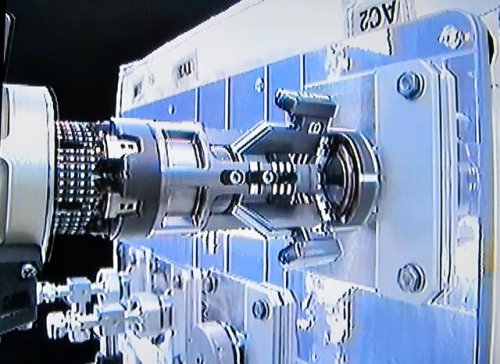Robotic Refueling Mission Recap
NASA recently completed a significant technology development exercise outside the International Space Station, its Robotic Refueling Mission, which used the Canadian built Dextre robot to transfer a fuel substitute (ethanol) into satellite testbed. Now the agency has put together a good recap of the mission, including a link to a reddit AMA from January 15.
Although it is primarily discussed in terms of the potential for refueling commercial satellites in Earth orbit, a capability which could actually have a depressing effect on the commercial launch market by allowing existing and future satellites to last much longer, there is another more interesting aspect as it relates to human exploration, beginning with plans to return to the Moon.
One reason for NASA’s very ambiguous human exploration program, which seems to be a poorly received proposal to go visit an asteroid, is a realistic assessment that the agency does not, and will not, have the budget for descending into gravity wells, at least with the SLS/Orion architecture mandated by Congress at the behest of a few space state Senators, an argument for another day.
Other groups however, most notably Golden Spike at the moment, are building business plans around existing architectures which although still quite expensive, are at least within the realm of what is plausible. Whether they succeed or not, and many people are quite skeptical about that, based on the complete lack of deep pocket investors present at the official unveiling, small advances such as the Robotic Refueling Experiment, could improve the long terms odds by allowing early re-usability of in-space hardware elements.
The RRM experiment worked with a hydrazine simulant for very practical safety concerns at ISS, but in demonstrating the ability to transfer fluids remotely (active transfer occurs regularly aboard ISS courtesy of the Progress cargo ship) another small piece falls into place allowing for the practical consideration of refuelable non-cryogenic landers operating between lunar orbit and the Moon’s surface. Furthermore, what is actually the biggest obstacle to refueling existing satellites, tapping into a fluid system which was never designed to be re-supplied in the first place, would obviously not be an issue in purpose designed system.
RRS is also a small, but meaningful important step in the evolution of in situ acquired higher performance cryogenic propellants, particularly liquid hydrogen, which still present storage challenges related to boil-off which have yet to be adequately addressed. It is also a good example of how after years of construction which absorbed nearly every waking moment for those aboard, ISS is finally beginning to make headway as test facility for future exploration.


